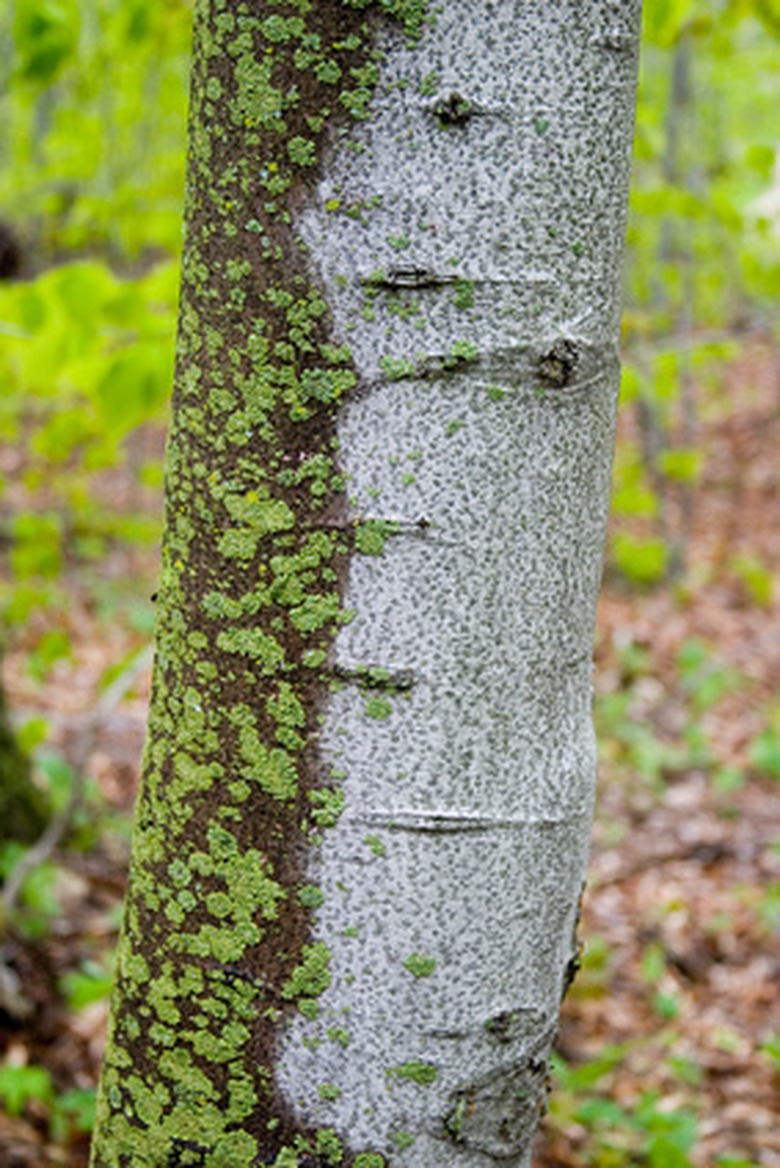Diseases Of White Birch Trees
White birch trees are popular ornamental trees because of their tall, graceful limbs and their beautiful pale bark. However, these trees are notoriously short-lived and tend to start "declining" after reaching about 40 or 50 feet in height. If you want to keep your white birch tree healthy, keep a close eye on it so that you can avert diseases and infections before they ever have a chance to take hold of the tree.
Leaf Spots
Leaf spots are small, isolated areas of the leaves that have been infected by fungi. They tend to be brown or reddish in color, and appear as fall approaches and the leaves begin to senesce. However, since white birch trees are susceptible to fungal infections, you must control even seemingly insignificant problems immediately. If you notice only a few leaves with leaf spots, then you can simply remove the leaves and dispose of them in a garbage bag rather than dropping them on the ground. However, if the tree has serious leaf discoloration and leaf fall, you may need to wait until the leaves fall naturally and then treat the birch with a fungicide to eradicate the problem.
- White birch trees are popular ornamental trees because of their tall, graceful limbs and their beautiful pale bark.
- However, if the tree has serious leaf discoloration and leaf fall, you may need to wait until the leaves fall naturally and then treat the birch with a fungicide to eradicate the problem.
Chlorosis
Chlorosis means "leaf yellowing." In the cases of serious infection, the leaves may turn bright yellow or greenish-yellow all over. However, the first indications of chlorosis are simply the veins of the leaf yellowing while the body remains green. Generally the tree can resolve this problem on its own if it is getting sufficient iron in the soil. Fertilizing the tree with a high-iron fertilizer will usually help the tree fend off the problem. However, if you note serious, dramatic, early leaf fall then you may need to provide more help in the form of a micronutrient fertilizer.
Heart Rot
White birch trees have soft, susceptible interior wood. The slightest wound in the tree opens it up to infection and can ultimately destroy the entire tree. Never remove large branches if you can avoid doing so, and always treat any open wound on your white birch tree with a preventative salve immediately following the injury. If you note shelf fungus or other fungi growing on the sides of your white birch tree, then it is best to remove the tree entirely to prevent the fungus from moving from one tree to another and killing them all. Fungicides may help resolve minor heart rot issues, but in most cases this disease will kill the tree.
- Chlorosis means "leaf yellowing."
- If you note shelf fungus or other fungi growing on the sides of your white birch tree, then it is best to remove the tree entirely to prevent the fungus from moving from one tree to another and killing them all.
